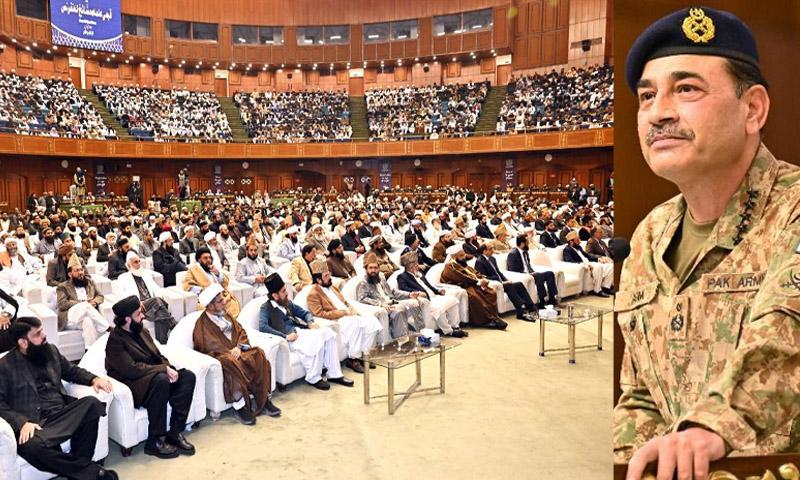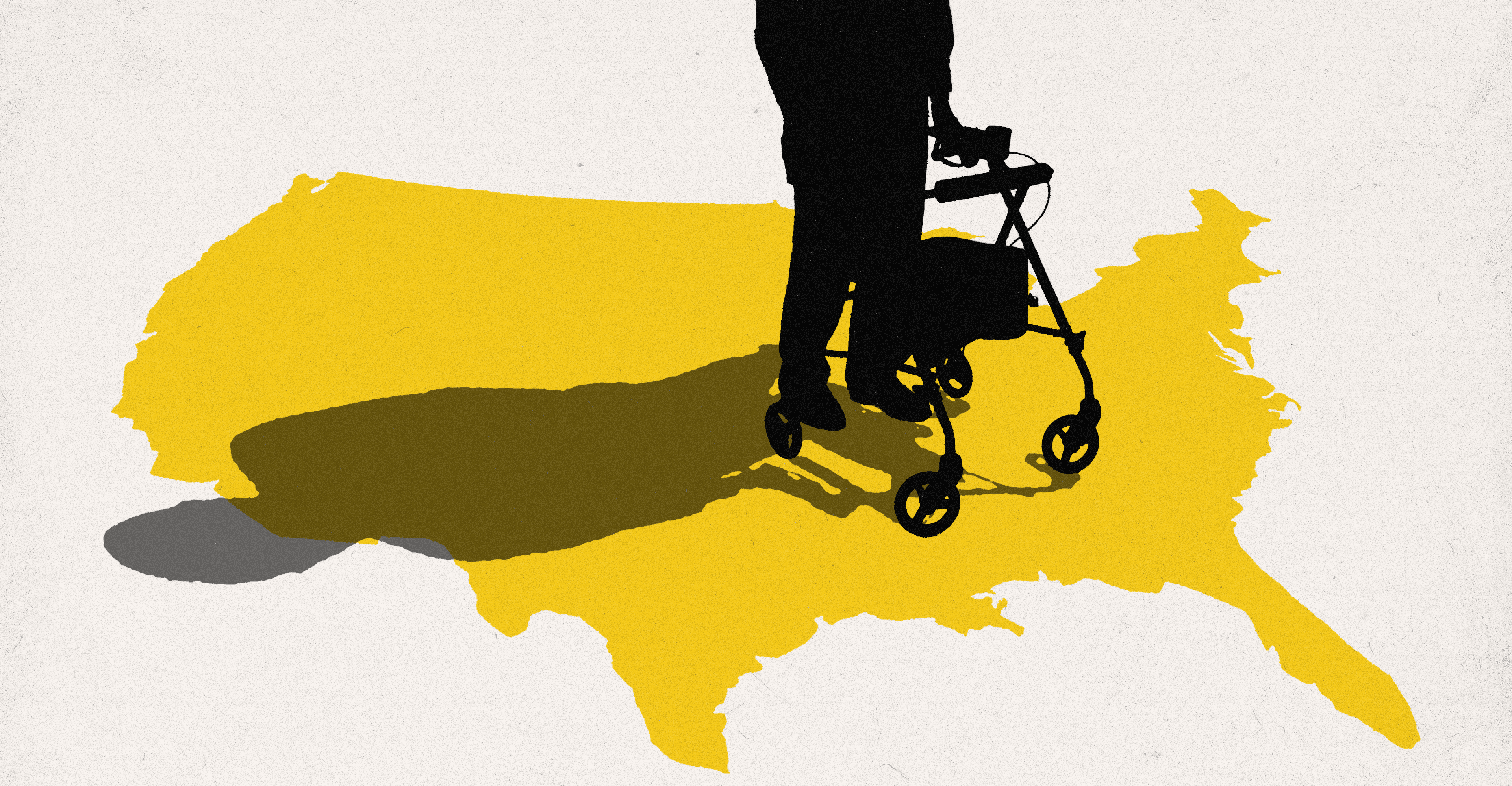The earthquake occurred just after 8:00 am, with an epicenter located 33 kilometers (20 miles) northwest of Herat city, which serves as the capital of the western province with the same name.

Kabul: A powerful magnitude 6.3 earthquake struck western Afghanistan on Sunday, resulting in one fatality and over 90 injuries. This quake occurred in the same region where a series of tremors last week claimed the lives of more than 1,000 individuals.
In the city of Herat, residents who had recently started returning to their homes after last week's tremors were jolted once more. Their lives had been disrupted, forcing them to sleep outdoors due to the fear of aftershocks.
"Herat's people are panicked and scared," expressed Hamid Nizami, a 27-year-old shopkeeper. "It's a blessing that it happened during the day when people were awake."
The earthquake occurred just after 8:00 am, with an epicenter located 33 kilometers (20 miles) northwest of Herat city, which serves as the capital of the western province with the same name. Subsequent to the initial shock, aftershocks of magnitudes 5.4 and 4.2 followed, according to the US Geological Survey.
Abdul Qadeem Mohammadi, the head doctor at Herat Regional Hospital, confirmed one fatality and 93 injuries. However, National Disaster Management officials are still assessing the extent of the damage.
The same region of Herat experienced a magnitude 6.3 earthquake and eight strong aftershocks on October 7. This series of quakes resulted in the collapse of numerous rural dwellings, over 1,000 fatalities, and hundreds of injuries. Subsequently, another earthquake of similar magnitude occurred, taking one life and injuring 130 more. Shockingly, over 90% of the earthquake victims were women and children, as noted by UNICEF.
Siddig Ibrahim, UNICEF's field officer in Herat, emphasized the vulnerability of women and children in such disasters, as they are often at home caring for the family.
Afghanistan is no stranger to earthquakes, primarily occurring in the western and central regions of the country due to the interaction of the Arabian and Eurasian tectonic plates.
Providing shelter on a large scale poses a significant challenge for the Taliban authorities who assumed power in August 2021, especially given their complex relationship with international aid organizations. The affected region's harsh climate, characterized by extreme cold, adds to the difficulty of providing adequate shelter.
Homes in rural Afghanistan are typically constructed from mud and wood, lacking steel or concrete reinforcement. This structural vulnerability, combined with multi-generational extended families living under one roof, has led to a severe humanitarian crisis, further exacerbated by the withdrawal of foreign aid following the Taliban's return to power.
At least six villages in the Zinda Jan district were entirely destroyed, affecting more than 12,000 individuals, according to the United Nations.
Residents in the affected areas are living in constant fear of aftershocks, with many of them losing entire families in the disasters.
Mohammad Naeem, a 40-year-old resident, revealed the tragic loss of 12 relatives, including his mother, during the recent earthquakes. He expressed their inability to continue living in the area, stating, "We can't live here anymore. You can see, our family got martyred here. How could we live here?"

We don't strike our enemy from hiding, we confront and vanquish them openly: Asim Munir
- a day ago

There is a real chance of a US-Venezuela war — so why does it feel fake?
- a day ago
Trump says to make phone call to stop Thai-Cambodia fighting
- 2 days ago
QB Philip Rivers, 44, unretiring to sign with COLTS...
- a day ago

Trump’s war crimes scandal, briefly explained
- a day ago

Sony’s new PS5 DualSense controller might have way more battery life
- 16 hours ago

Older voters are gaining power. Young people are paying the price.
- a day ago
Trump says to make phone call to stop Thai-Cambodia fighting
- 2 days ago
Shah Mahmood Qureshi discharged from hospital, shifted to jail
- 2 days ago
Pakistan to launch satellite internet soon: IT Minister
- a day ago
Chris DeMarco excited to take over Liberty when Warriors duties end
- 20 minutes ago

Antigravity’s 360-degree drone is here to help you forget DJI
- 16 hours ago








